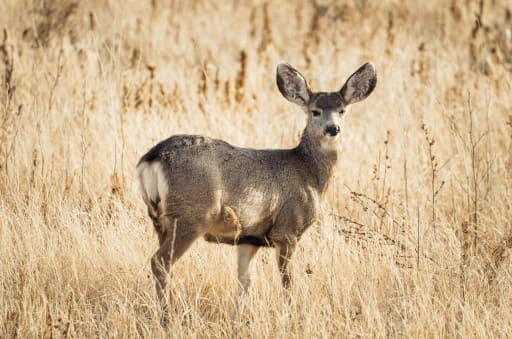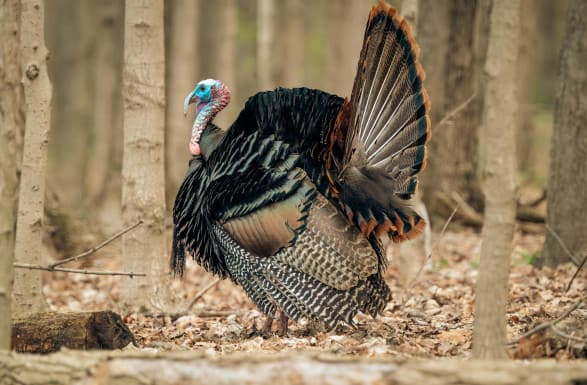
314 S Gillette Ave, Gillette, WY 82716
Starting on Memorial Day to Labor Day, the Gillette Visitor Center is opened 7 Days a week.
Monday through Friday: 8 am – 4:30 pm
Saturday & Sunday: 9 am – 4 pm.
Winter hours are Monday through Friday: 8 am – 4:30 pm



